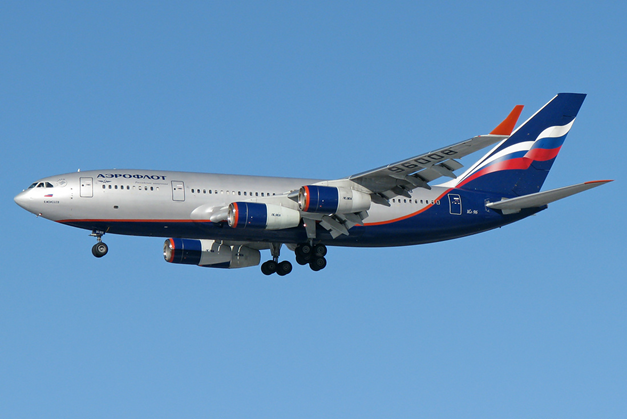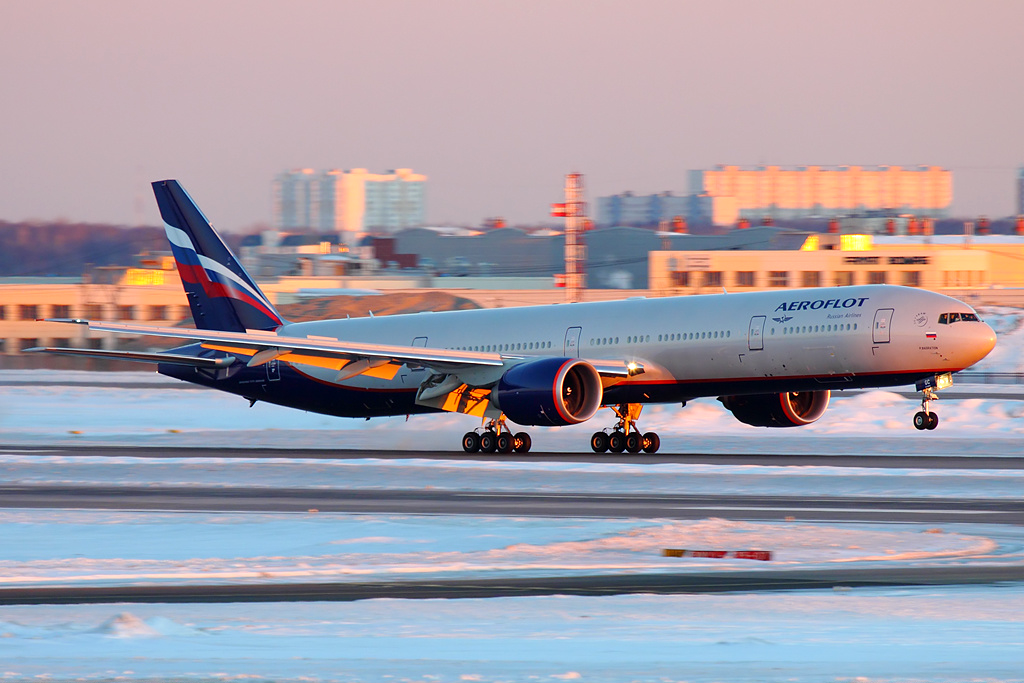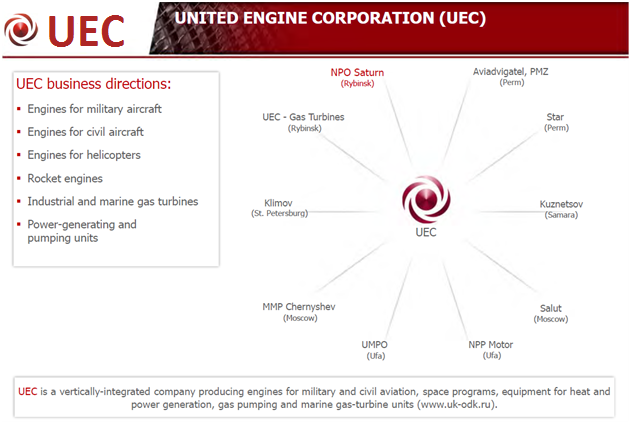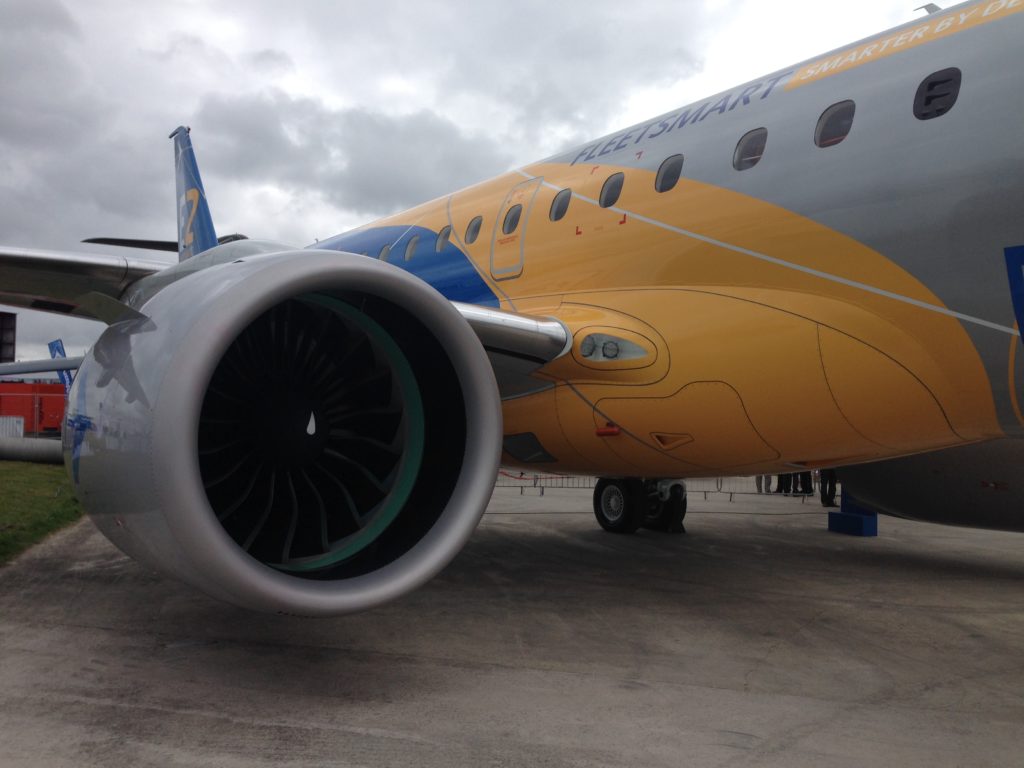Leeham News and Analysis
There's more to real news than a news release.
Airbus brings BelugaST to outsized cargo market
By Bjorn Fehrm
January 25, 2022, ©. Leeham News: Airbus has decided to bring the original Beluga fleet, BelugaST (A300 based), on the market for outsized freight transport, as the newer BelugaXL (A330 based) caters for Airbus internal needs.
It has a larger cross-section than the AN-124, a tad longer freight compartment, and loads outsized but less heavy cargo. When all BelugaXLs are delivered, the ST will be spun off to a dedicated external freight company, Airbus Beluga Transport.
Looking ahead for 2020 and 2030 decades: UAC
Subscription Required
Fifth in a series.
By Bjorn Fehrm
Introduction
July 15, 2020, © Leeham News: UAC stands for United Aircraft Corporation, and is the name of the group owning the Russian aircraft industry.
After the fall of the Soviet Union, the multitude of individual companies and design bureaus could no longer survive on their own. The Russian state, therefore, gathered them all in UAC to introduce necessary consolidation and reform.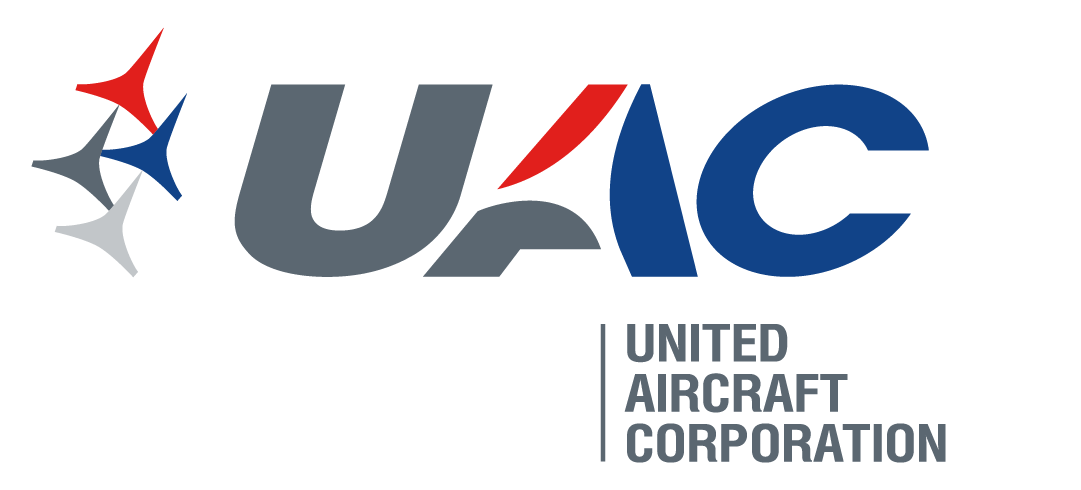
While UAC has done much with the support of the Ministries of Industry and Defense, the changing political situation for Russia has made it harder for the Civilian aircraft side to achieve sales outside captive Russian markets for its jets.
Summary
- UAC is the holding company of the Russian aircraft industry since 2006. The UAC management has stopped pointless infighting and consolidated the industry, latest to a civilian and military side.
- But it’s ambitions on the civil side outside Russia is at mercy to state politics and the Kremlin has shown that world politics is more important than the development of its industries.
- This, and the rise of arch-rival and cooperation partner China, clouds the future for UAC civil aircraft.
Taking Antonov’s AN-32 to the AN-132
By Bjorn Fehrm
July 04, 2017, ©. Leeham Co: Antonov showed the new AN-132 multipurpose transport at the Paris Air Show. The aircraft is the first product from Antonov which is reindustrialized to Western standards and technology.
We sat with Antonov’s Vice President of Development, Dr. Alexander Los, to understand the process.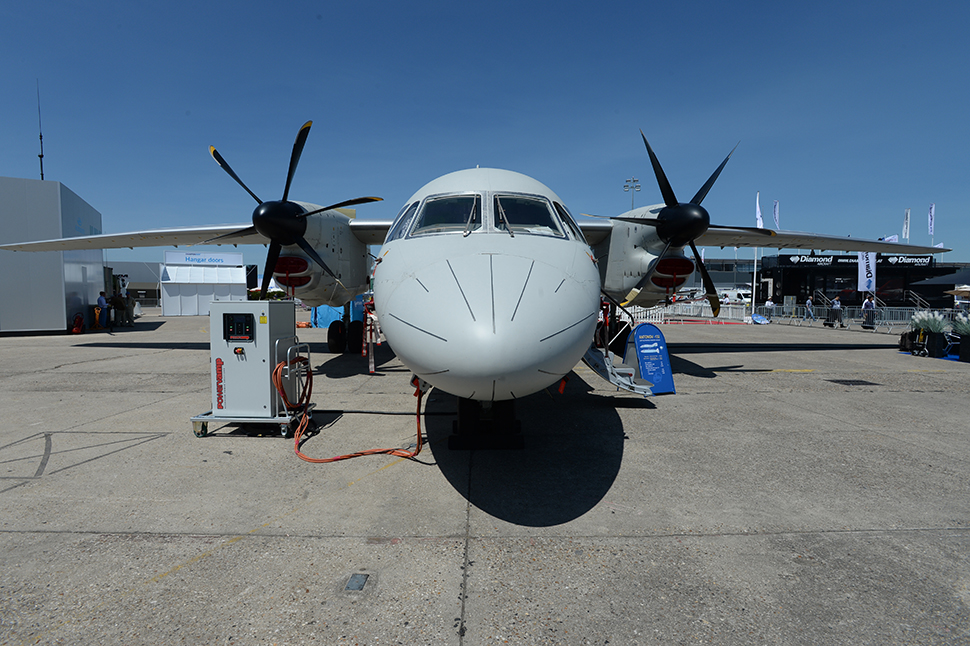
Aeroflot, the route to a modern airline, Part 2
By Bjorn Fehrm
April 19, 2017, ©. Leeham Co: In our second article about Aeroflot, the Soviet Union flag carrier that transformed to a modern airline, we will cover the period from the fall of the Soviet Union until 2010.
This was the difficult period for all participants. The old structures no longer existed and were replaced with… nothing, followed by uncertainty and a long struggle to get back to normal.
Aeroflot, the route to a modern airline
By Bjorn Fehrm
April 12, 2017, ©. Leeham Co: Aeroflot, established as the Soviet Union’s flag carrier in 1923, transformed from a state enterprise to a modern airline group after the fall of the Soviet Union in 1991.
The airline is today Europe’s seventh largest airline, two-thirds the size of Turkish Airlines, but having the same fast growth since 2005. We will cover Aeroflot’s journey in a series of articles, starting with the group’s history.
Bjorn’s Corner; The Chinese civil aircraft industry
September 30, 2016, ©. Leeham Co: In our Corners on East bloc aeronautical industries, we will now look at the Chinese civil aircraft industry.
The Chinese aero industry has similarities with the Russian industry in its overall structure. From the start of the industry in the 1950s, it was structured after the Soviet model of research institutes, design bureaus and production companies.
The difference to the Soviet Union was that its own Chinese aircraft designs only started in the 1970s. Before that, the industry built Soviet designs on license and then modified versions of licensed designs.
The first own aircraft designs were presented in the 1980s with a focus on military designs for the first 20 years. Read more
Bjorn’s Corner; The Russian civil aircraft engine companies
September 23, 2016, ©. Leeham Co: In our Corners on East bloc aeronautical industries, we now look at the main Russian civil aircraft engine companies. As with the aircraft side, there is one overall Russian engine company since 2008, United Engine Corporation (UEC), Figure 1.
This is a state-owned holding which incorporates 80%of the gas turbine engine companies from the Soviet times, employing 80,000 people.
The aim is to coordinate and optimize Russia’s engineering and production resources around present and future gas turbine engines for Aeronautical, Naval and Stationary use.
Soviet and Russian engines have historically been named after their chief designer in the design bureau. We will now describe the main entities in UEC that work with airliner engines. Read more
Antonov betting on Western technology
By Bjorn Fehrm
July 14, 2016, ©. Leeham Co, Farnborough Air Show: The company Antonov is world renowned for its rugged transport aircraft. The recent An-124 Ruslan and An-225 Mriya super-heavy transporters are the world’s largest transport aircraft. Both fly daily for the Antonov companies own airline, transporting outsize cargo for companies like Boeing, Airbus, GE, Rolls-Royce and others.
The air freighter company is what keeps Antonov afloat, for it has been hit hard by the fall of the Soviet Union and Ukraine’s decision to split with the Russian Federation and orient itself to the West. Read more



